
Virtual reality (VR) is a simulated experience that employs 3D near-eye displays and pose tracking to give the user an immersive feel of a virtual world. Applications of virtual reality include entertainment, education and business. VR is one of the key technologies in the reality-virtuality continuum. As such, it is different from other digital visualization solutions, such as augmented virtuality and augmented reality.

The Slamdance Film Festival is an annual film festival focused on emerging artists. The annual week-long festival takes place in Park City, Utah, in late January and is the main event organized by the year-round Slamdance organization, which also hosts a screenplay competition, workshops, screenings throughout the year and events with an emphasis on independent films with budgets under US$1 million.

The metaverse is a loosely defined term referring to virtual worlds in which users represented by avatars interact, usually in 3D and focused on social and economic connection.
Keram Malicki-Sánchez is an actor, musician, writer, filmmaker, interactive media and virtual reality developer, multimedia artist, and event producer.
Fulldome refers to immersive dome-based video display environments. The dome, horizontal or tilted, is filled with real-time (interactive) or pre-rendered (linear) computer animations, live capture images, or composited environments.

360-degree videos, also known as surround video, or immersive videos or spherical videos, are video recordings where a view in every direction is recorded at the same time, shot using an omnidirectional camera or a collection of cameras. The term 360x180 can be used to indicate 360° of azimuth and 180° from nadir to zenith. During playback on normal flat display the viewer has control of the viewing direction like a panorama. It can also be played on a display or projectors arranged in a sphere or some part of a sphere.
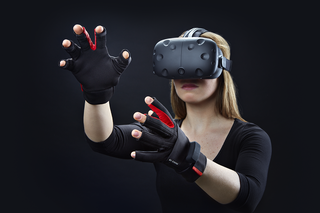
In virtual reality (VR), immersion is the perception of being physically present in a non-physical world. The perception is created by surrounding the user of the VR system in images, sound or other stimuli that provide an engrossing total environment.

Brendan Andolsek Bradley is an American actor, director, producer, writer and VR performer. He portrayed the advertising character Guy in radio and television commercials for Staples. He has worked in over 100 television and interactive projects for PBS, CBS, Legendary Entertainment, the Fine Brothers, Comedy Central, the video game Resident Evil: Village and others.

Nonny de la Peña is an American journalist, documentary filmmaker, and entrepreneur.

Windows Mixed Reality (WMR) is a discontinued platform by Microsoft which provides augmented reality and virtual reality experiences with compatible head-mounted displays.

A virtual reality headset is a head-mounted device that uses 3D near-eye displays and positional tracking to provide a virtual reality environment for the user. VR headsets are widely used with VR video games, but they are also used in other applications, including simulators and trainers. VR headsets typically include a stereoscopic display, stereo sound, and sensors like accelerometers and gyroscopes for tracking the pose of the user's head to match the orientation of the virtual camera with the user's eye positions in the real world.
Foveated rendering is a rendering technique which uses an eye tracker integrated with a virtual reality headset to reduce the rendering workload by greatly reducing the image quality in the peripheral vision.
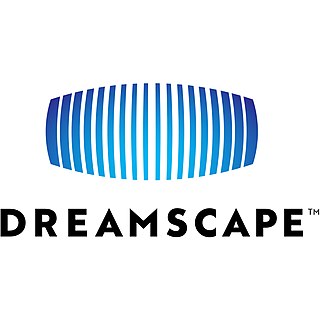
Dreamscape Immersive is an American entertainment and technology company. It creates story-based full-roam virtual reality (VR) experiences which allow up to six people to simultaneously explore a virtual 3D environment, seeing fully rendered avatars of one another. Using real-time motion capture technology, full body mapping, virtual reality headsets, and real-life room-scale stage sets, it enables users to move untethered in a virtual environment and interact with physical objects. The technology was created by Caecilia Charbonnier and Sylvain Chagué, and developed by engineers at Artanim, a Swiss research center specialized in motion-capture technologies.
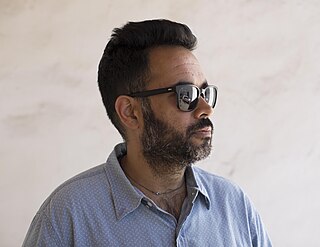
Gabo Arora is an American filmmaker, creative technologist and Founder/CEO of LIGHTSHED, a studio focusing on emerging technologies. He is a professor at Johns Hopkins University, where he is the Founding Director of the new Immersive Storytelling and Emerging Technology (ISET) program and lab. Formerly, he was a Senior Policy Advisor for Secretary General Ban Ki-moon and the UN's first Creative Director, with over 15 years of field experience. He has directed, produced and pioneered a series of virtual reality documentaries for the United Nations that have premiered at film festivals, featured at the World Economic Forum in Davos, screened at the White House, and have exhibited at the Museum of Modern Art's inaugural program on immersive storytelling.
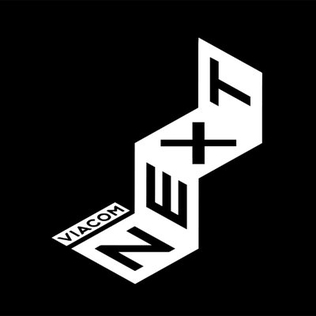
Viacom NEXT was Viacom's production studio focused on building immersive experiences, interactive music videos, narrative worlds, and video games. Based in New York, the studio employed developers and specialists with expertise in 3D modeling and animation, storytelling, and experience design.

There are many applications of virtual reality. Applications have been developed in a variety of domains, such as education, architectural and urban design, digital marketing and activism, engineering and robotics, entertainment, virtual communities, fine arts, healthcare and clinical therapies, heritage and archaeology, occupational safety, social science and psychology.
Jesse Damiani is an American writer, producer, and entrepreneur. He is best known for his association with virtual reality, augmented reality, and new media art. He is a Forbes Contributor covering emerging technologies.
Alex M. Lee (artist) is an American and South Korean artist who lives and works in Phoenix, Arizona. He is assistant professor of animation at Arizona State University's Herberger Institute for Design & Art and faculty affiliate at ASU's Mesa City Media and Immersive eXperience Center (MIX). His work uses 3D animation, game engines and virtual reality to explore temporality, language, perception and human interpretation in our technological society. His work has been presented at the Goethe Institut, SIGGRAPH, Toronto Digifest, anti-utopias amongst other international venues.
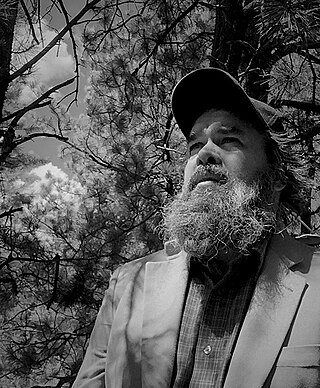
Eric R. Williams is an American screenwriter, professor, cinematic virtual reality director, and new media storyteller. He is known for developing alternative narrative and documentary techniques that take advantage of digital technologies.

Denis Semionov - is a Russian new media artist.















